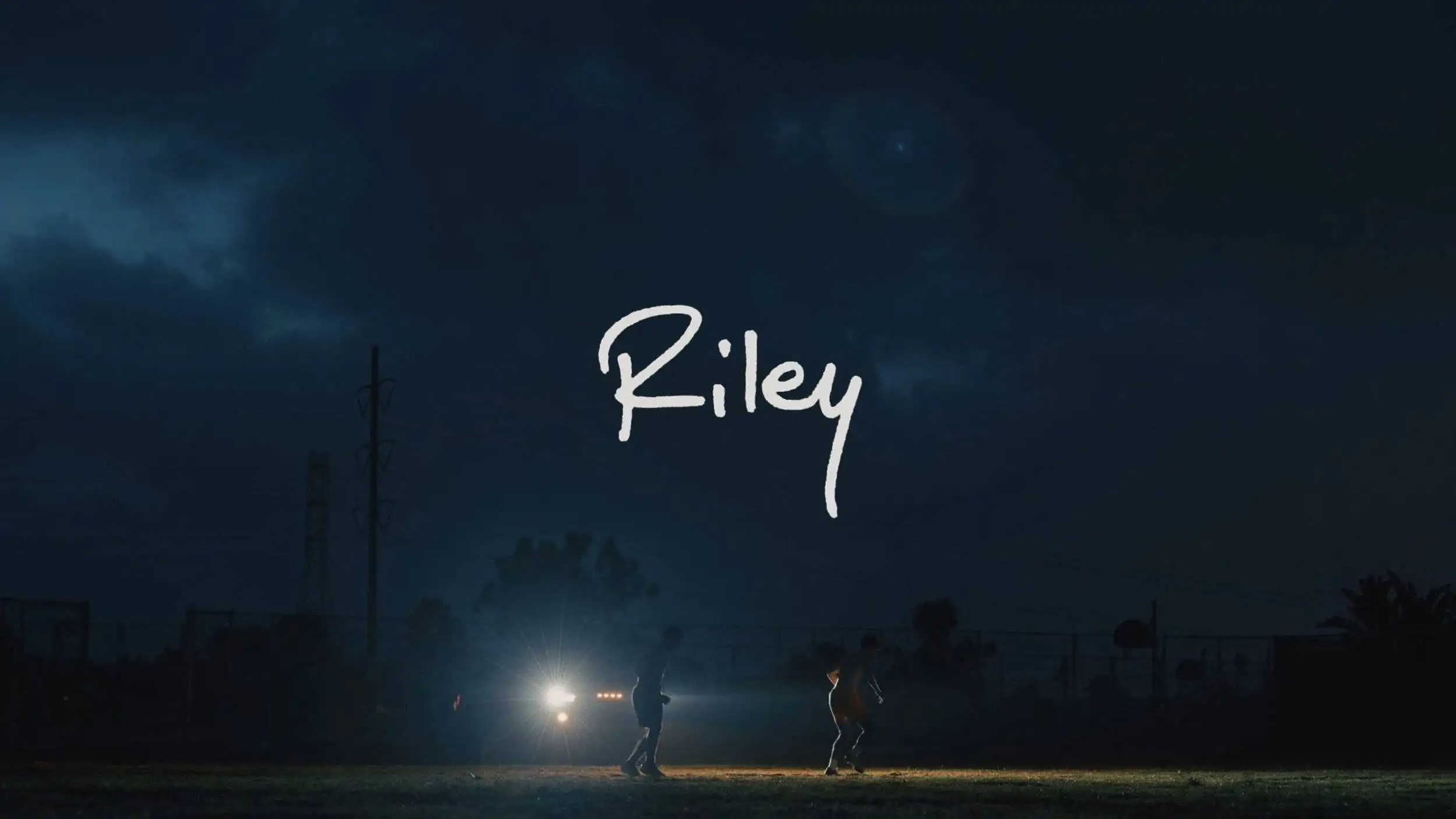“I Want to Tell the Truth”: Director Benjamin Howard on RILEY
Full [Mostly] Unabridged Interview
Benjamin Howard has been working toward his debut feature film, earning his M.F.A. in Film Production / Directing at UCLA, and honing his craft through directing commercials, music videos, and most notably, several short films. His undergraduate film “Deviant” received a Student Emmy Award in 2019, and his short film “Rendezvous”, which serves as the foundation for his first feature film, was able to tour the festival circuit, also winning several prestigious awards.
Not only has Ben honed his craft in Riley, but the full run-time has also allowed him to explore sexual identity and coming-of-age more completely (and unflinchingly). This raw coming-of-age story is enhanced by Howard’s own vulnerabilities and willingness to explore aspects of his personal journey.
Adam Manery | Riley Film
Ben Howard on Editing a Feature Film Getting into This World
Adam Manery
You wrote this film, you directed this film, and you also edited this film. Was this a result of the indie filmmaking process, or do you enjoy being involved in all these different roles?
Benjamin Howard
It started with the adage to “write what you know,” so this personal story made sense to put onto paper. In terms of the editing, it was partly “I don’t have the money to bring an editor on board,” but also, “I love editing.” I’ve been a freelance editor for years, and I think I’m a quick editor, so I thought I could do it. I had a timeline to work within, and I enjoyed the process. I could be wrong, but I feel I’m an objective editor, even with my own work. I know when a take doesn’t work and should be dropped, or if a sequence isn’t landing the way I want it to, it needs to go. I was able to do that, with help from folks giving me notes and feedback. So, ultimately, it was two-sided. Yes, I couldn’t afford an editor, but I also really enjoy editing, so I decided to try cutting it myself.
Before we dive deeper into Riley, I heard that one of the first films you made was a prom-posal. Is that true? Was that part of your early film experience?
Yes, that was my debut! It was my senior year of high school, and prom season was approaching. My friend and I wanted to come up with a cool “prom-posal,” since they were a big trend at the time. We thought, “Why not make a little movie?” I was starting to get into filmmaking and storytelling, so I wrote the script, and we both starred in it, with my brother helping as our cinematographer. He was taking film classes at a junior college, so he guided us technically while I directed, even though I didn’t fully know what that meant. We created a seven-minute short about two guys figuring out how to ask their dates to prom. At the end, they approach the classroom where the girls are supposed to be. On the day, we asked the teachers if we could show the movie in class, and they agreed! The movie ends just as the guys walk up to the classroom door.
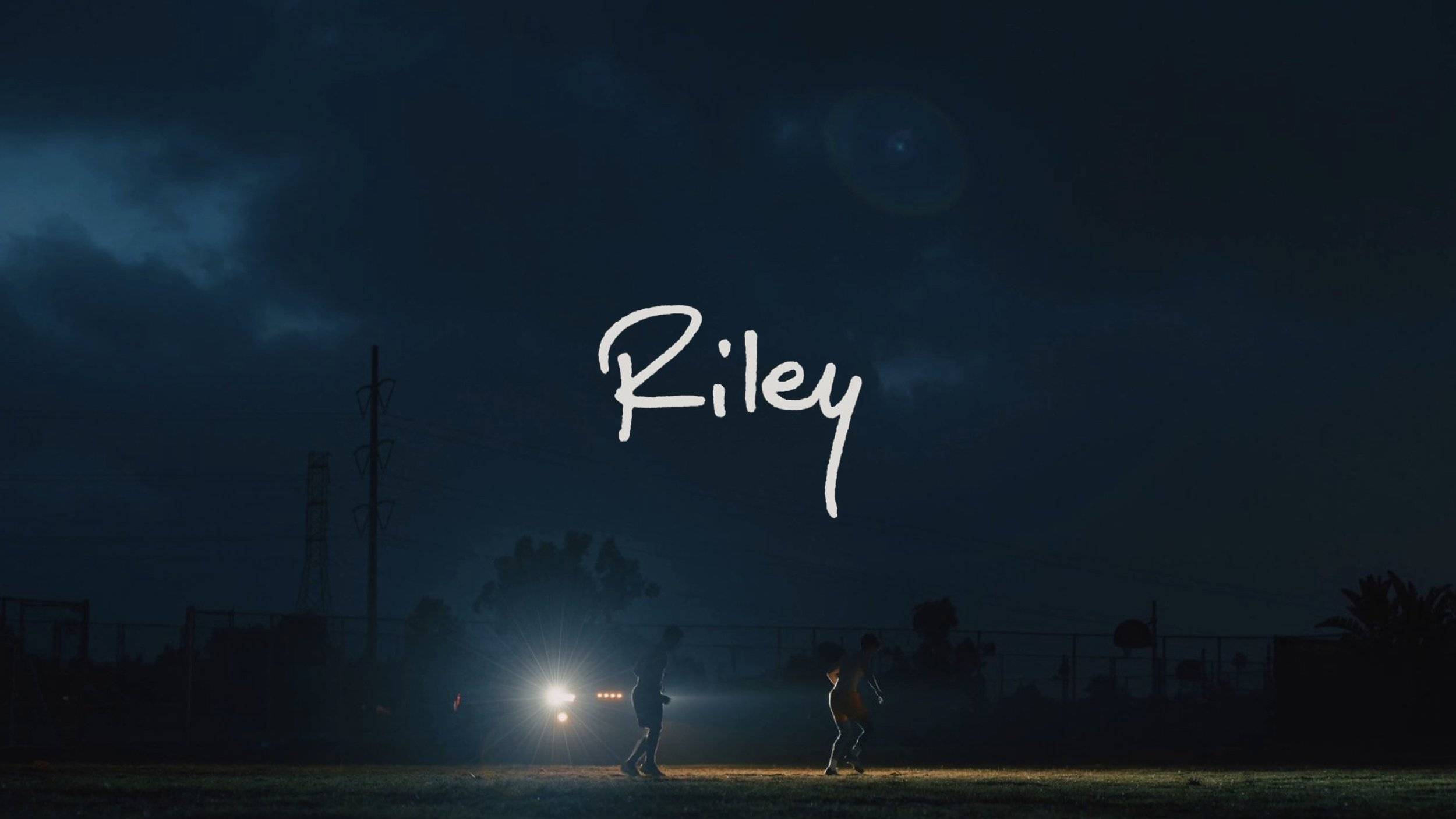
The Riley Film and Processing One’s Sexuality
Fast forward a decade, and your first feature film is out, starring Jake Holley as Dakota Riley. You’ve mentioned this is a deeply personal film. How similar was Dakota’s experience of being a high school football player coming to terms with his sexuality compared to your own?
In some ways, it’s very similar, but in others, not so much. I took creative liberties and lived a bit vicariously through Dakota. He’s more of a womanizer than I was back then. But certain elements, like the conversations with teammates about girls, were based on my high school experience. I remember trying to fit in and having those ridiculous conversations, so I pulled from that truth to bring it to the screen. Some things were real, others, not so much.
What stands out throughout the film is how raw and real it feels—nothing feels manufactured. Some moments are meant to make the viewer uncomfortable because they reflect uncomfortable real-life experiences. Can you talk about the decisions you made to keep it so “real”?
It’s all about telling the truth. Those uncomfortable moments are based on what I experienced ten, eleven, twelve years ago. A lot of gay and queer men have seen the film and said, “This was me in high school. You were doing that too?” But it resonates universally—straight and gay. Even my straight friends have related to it. It’s about acknowledging those awkward moments and realizing maybe they weren’t so weird after all, maybe they were just normal.
As for the uncomfortable element, that’s exactly how it was back then—awkward and uncomfortable, but also exciting to discover things about yourself with close friends. I didn’t want to be a provocateur but just tell the truth. High school is like that sometimes. It’s almost like the unrated version of Love, Simon—a little more awkward – a little more raw. It comes down to what actually happened back then.
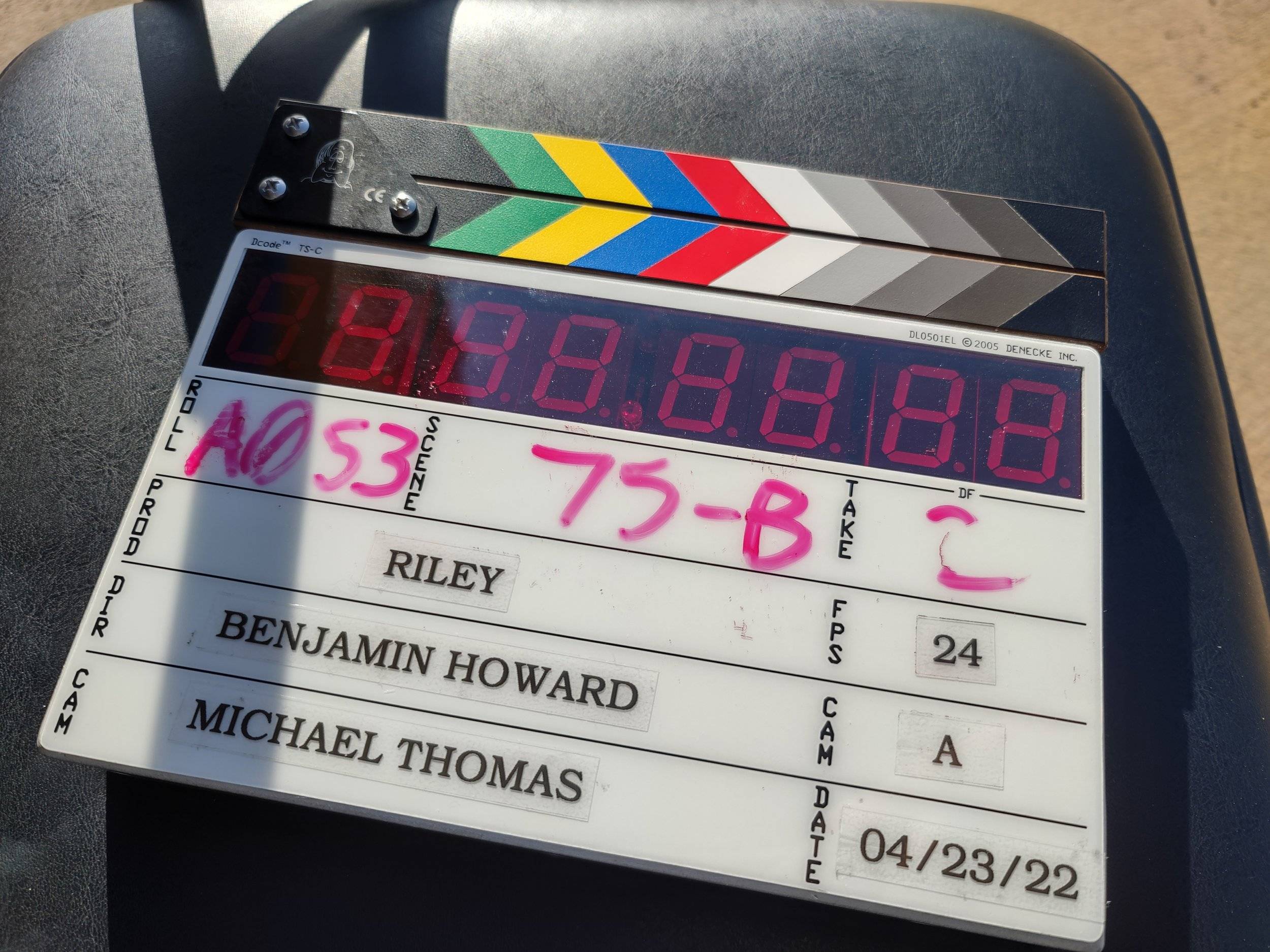
Adapting Riley Into a Feature and Working With Jakey Holley and Others
That’s why this story needs to be heard and shared. Before this feature, you made a proof-of-concept short film called “Rendezvous”, also starring Jake Holley as Dakota Riley. Did you always know it would lead to a feature?
“Rendezvous” was initially intended as a standalone project. We made the short, went through a four-day shoot, cast Jake Holley and J.B. Waterman, and that was it. But when it came time to pursue a feature, I enjoyed the world and wanted to explore it further. I wondered if Dakota’s character had more to say. I wrote the feature version, which was essentially, “Rendezvous”, just extended. In a way, it became the proof of concept – the nuts-and-bolts version of what Riley grew into.
(Riley is now available to stream on Apple TV+)
Riley (2023) – Teaser Trailer
You worked with Jake Holley and J.B. Waterman in both “Rendevouz” and Riley, and they gave incredible performances. Besides them, Connor Storrie’s portrayal of Liam stood out. How did he come on board, and what was it like working with him?
You’re right, Jake and J.B. are phenomenal—working with them every day was like a playground. We’d try different things, and bounce ideas off each other. They’re the best.
As for Connor, he’s a scene-stealer. After watching early cuts, people asked, “Who is this guy?” and said everything was perfect as it was. Connor came on late. We had a casting call and saw a few actors, but none seemed to fit what the role demanded. Connor was one of them, and he was excellent, but I wasn’t entirely sure he was the right fit at first. It was a back-and-forth with my casting director. I was close to committing to another actor, but I wasn’t fully convinced until Connor came in, and then it clicked.
It was a quick pivot into getting Connor locked in. The role was originally going to be in Spanish class instead of a French class, so the character would have to be fluent in Spanish. So I needed someone who speaks this foreign language. Connor just so happens to speak French fluently, so it was easy. It was perfect. It was serendipitous. Everyone loves what he delivers on screen, along with all the other actors, and I want to work with them again.
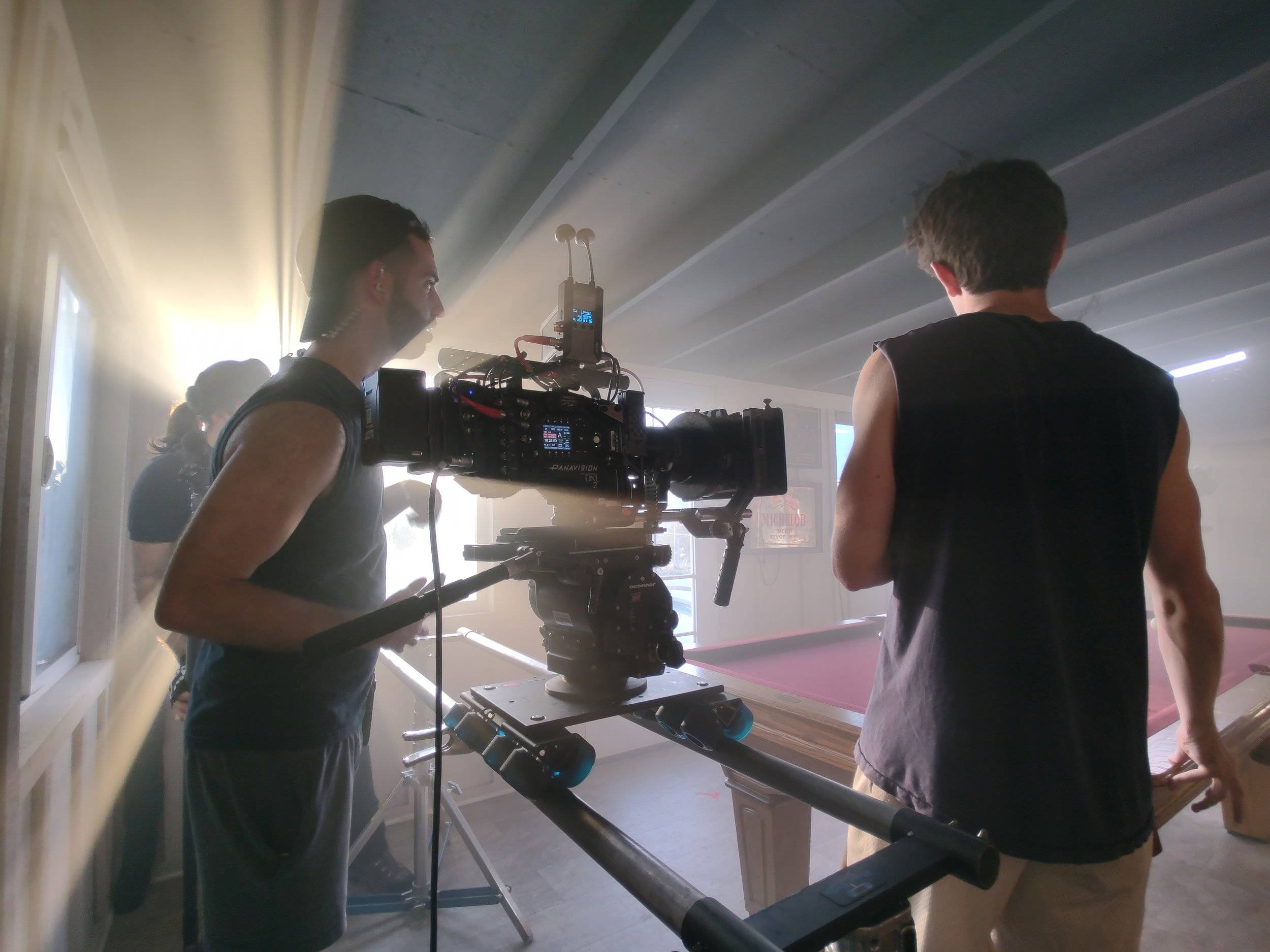
Intimacy Coordinators on the Set of Riley
Something you’ve discussed before, and a hot topic in recent years, is the role of intimacy coordinators on set. In Riley, with its many sexual scenes, both implicit and explicit, can you talk about filming those and the role your intimacy coordinator played?
Adrienne Couper Smith was our intimacy coordinator, and she was incredible. We also had an IC for “Rendezvous”, so I already understood the importance of the role. The IC handles a lot of the prep work—discussing the script with actors, explaining what’s being asked of them, and addressing details like how much we’ll see or even specifics like tongue use. These early conversations happen privately, so the actors are clear on expectations without me being directly involved.
The IC also choreographs the scenes, essentially creating a dance that’s rehearsed and memorized. Adrienne worked closely with me to ensure everything aligned with the vision, suggesting adjustments like how a leg might move or the overall flow of the scene. This process takes some of the “intimacy” out of it but ensures everyone is comfortable and on the same page. By the time we’re on set, it’s about executing the plan, with ongoing check-ins.
Adrienne made the process seamless, and it helped that Jake, J.B., and our cinematographer, Michael Elias Thomas, had already worked together on “Rendezvous”. We had a shorthand, which made it feel like revisiting something we’d done before but refining it further. Adrienne truly made everything easier.
There are many emotional scenes in the film, but the final conversation between Dakota and Skylar (Riley Quinn Scott) hit me the most. You see Dakota so close to fully coming to terms with himself, yet not quite there. What led you to that conversation?
My goal was to show a side of coming out that’s often overlooked: coming out to yourself. I didn’t want the typical pride parade scene at the end where the character is living their best life—that’s for a few movies down the road. I wanted to explore the personal, internal struggle. For me, it took years of reflection to come to terms with things, so I wanted to show that it’s not an overnight process. By the end of the film, I wasn’t sure if Dakota would fully come out, and maybe that’s okay. Maybe he’s not sure yet, but he knows something’s different and just wants to live his life. I wanted to leave that open to interpretation. Ultimately, the hardest part is often coming out to yourself.
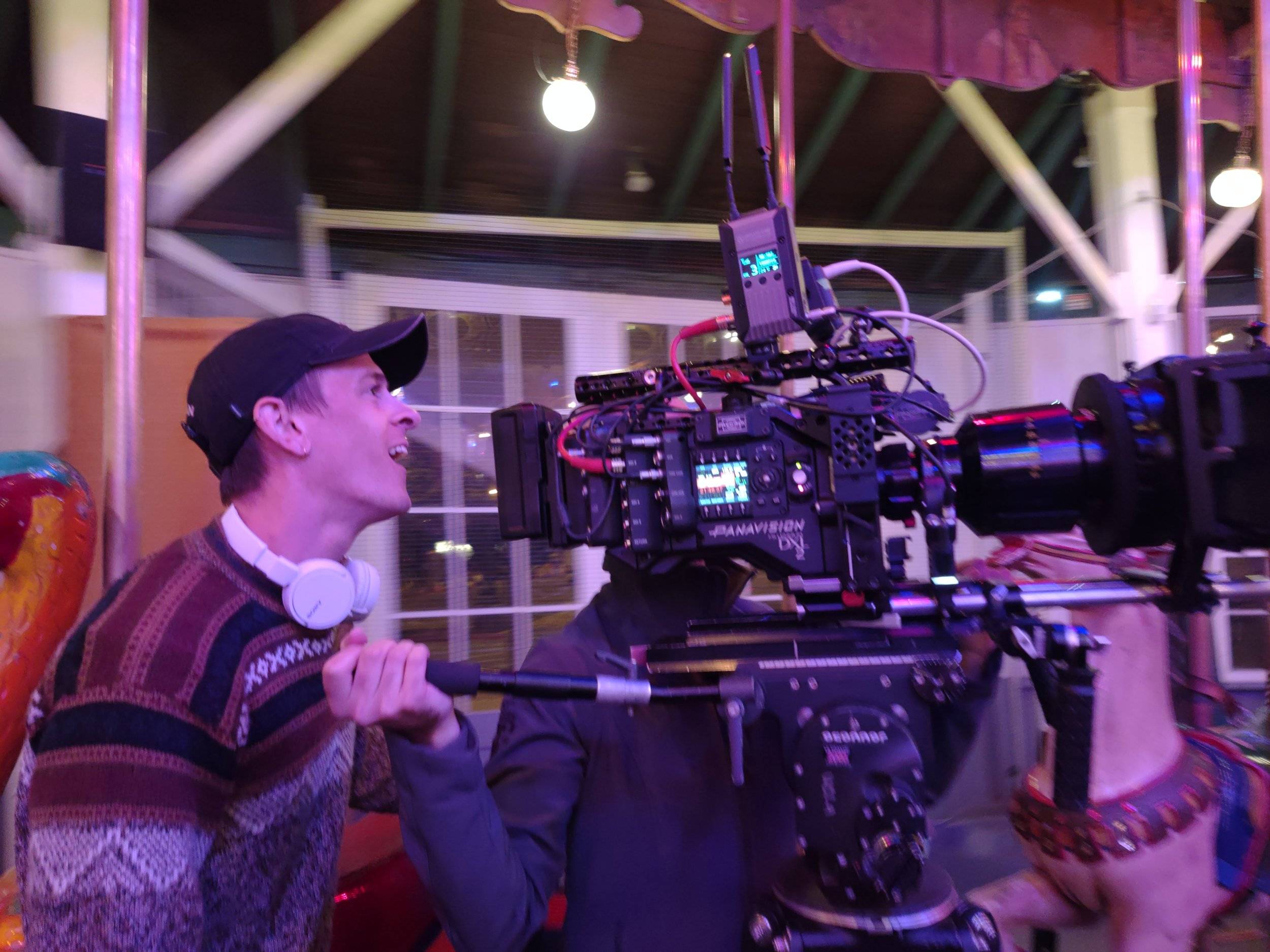
Pushing Past Vulnerabilities and Inclusivity in Film
Have you always had the confidence to put a project like this out there? This film is raw and intimate, and it must take a lot of vulnerability to pull from your own life. Has it always been easy for you, or has it taken time and work to reach this point?
There’s an element of vulnerability involved. We had a friends-and-family screening a while back, and before it started, I was sick to my stomach. I remember questioning whether I even wanted to go through with it. That reaction was completely new for me. With my short films, I’ve always been excited to show the work, talk about it, and share it. But this felt different—more personal, more terrifying. I couldn’t even eat beforehand. It reminded me of the track meets I used to run in high school. I’d stand there dreading the 200m race, wishing I could be doing anything else. That’s exactly how this screening felt—like I just wanted to run away.
I think the fear comes from how personal this story is. It’s scary to put out something so intimate and have people see it. But at the same time, there’s also a strange element of narcissism in any creative endeavour. I think all artists have to be narcissistic to a degree. You have to believe that your story matters enough to share it and that your perspective is worth painting, writing, or filming. Still, this wasn’t about my ego. I wasn’t making this film because I thought my story was important for my sake.
What ultimately drove me was wanting to create something meaningful for others—especially for kids who are going through what I went through. I wanted them to see this film and think, “Hey, I’m not alone in this. Other people have been here too, and it’s going to be okay.“ That’s what this film came down to for me: offering a message of hope and truth for those struggling with their identity. It’s not about putting myself out there for the sake of it—it’s about showing others that they’re not alone.
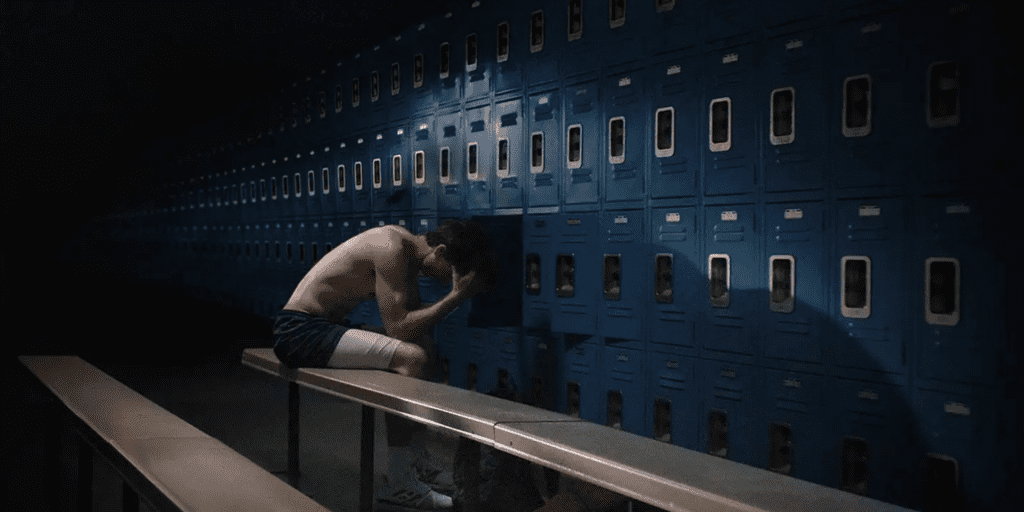
Check out More:

